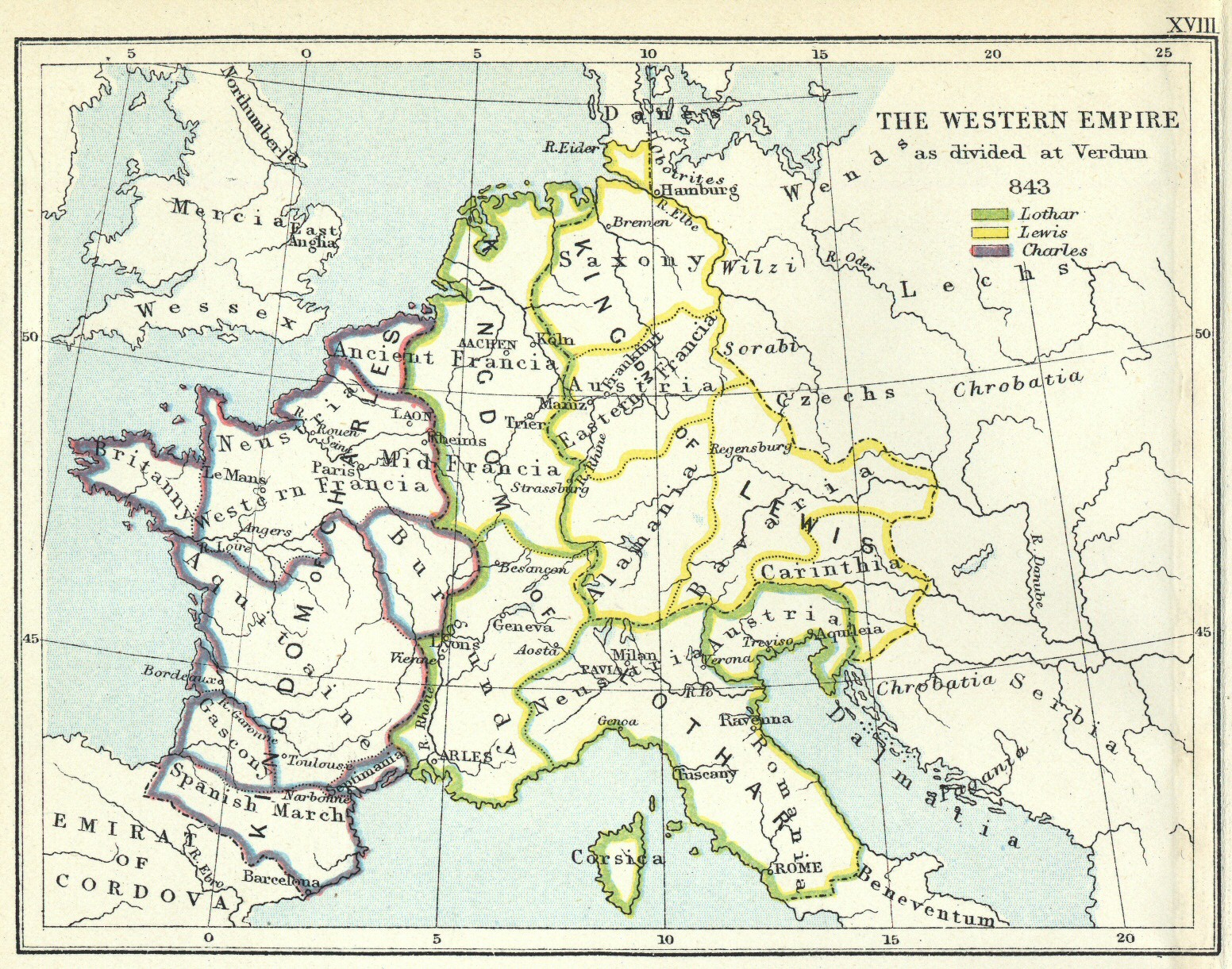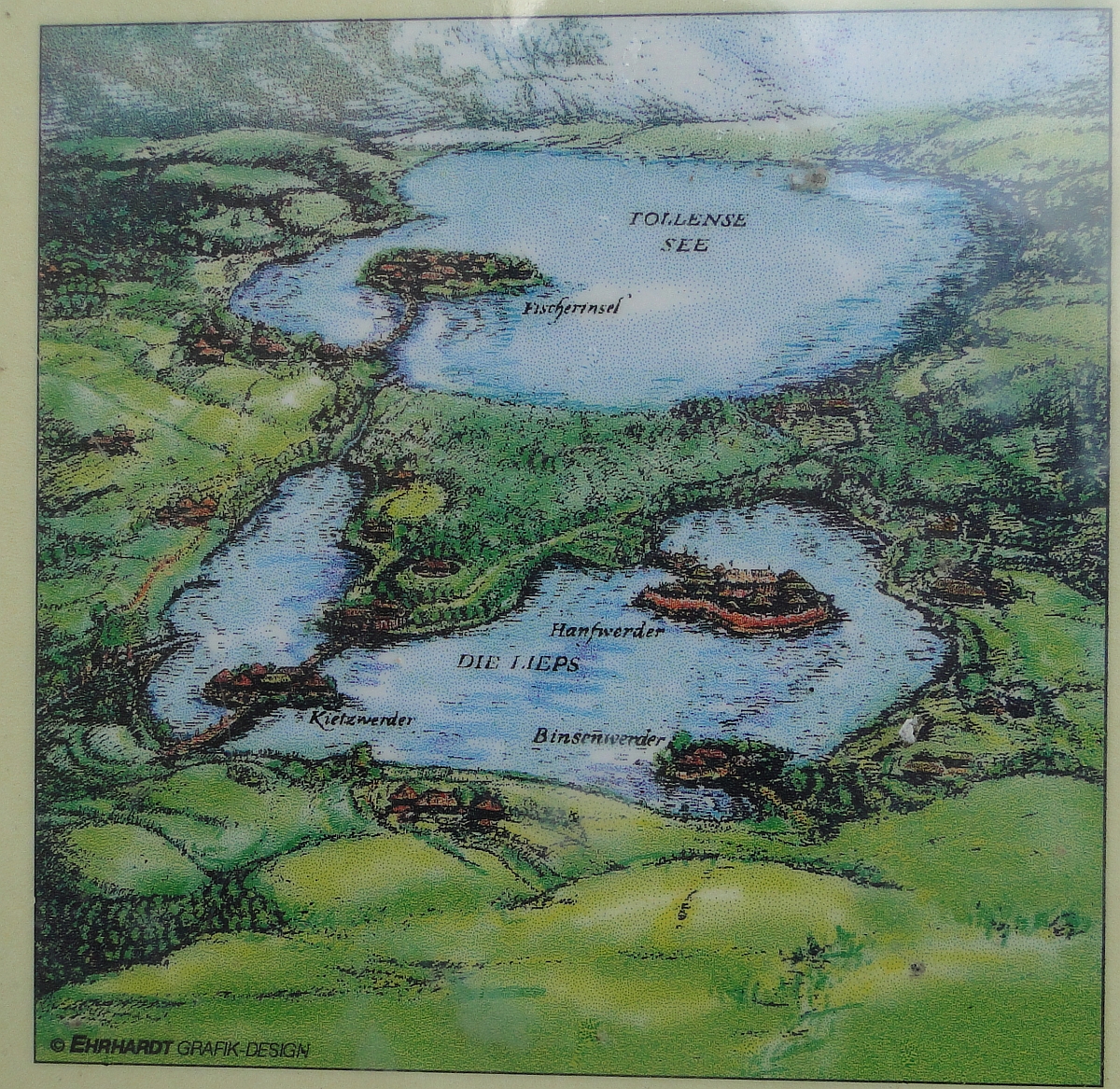©translated by Katarzyna Goliszek© by Winicjusz Kossakowski
(Lidia Czopkiewicz had sent the maps two weeks before sending the text by Winicjusz Kossakowski)
in the series: “Just a talk”
„Polish historians” are really well.
First, it was written what was suitable for the Vatican-German state. However, up to the time when the Catholic-Judeo oriented aristocracy came to the conclusion that they did not need the state and the parliament of the Republic of Poland gave its territories out to its neighbours. The parliament were assured by Jesuit Skarga that they would get a state in ”Heaven” for that deed. Poland disappeared from the map for 123 years. After regaining independence in the II nd Republic, historians reached for the history before the annexation, i.e. the Vatican-German.
The II nd World War
The Polish soldier betrayed by the allies fights for independence, for which the ”allies” give Poland to the Soviets.
Well, historians are fine again. They write rubbish just to get into the Soviet power.
Presently, they came back to German – ”research papers”.
In order to find it out, it is enough to look through the official pages of ”Polish science”.
– German historians are in the worst position.
How much they have to cudgel their brains and contrive to authenticate the historic German state. and everything disturbs them.
– Firstly, on the maps of the Franks from 900 AD there is no such state.
– Secondly, all the excavations in the present German territory give us evidence of the Slavic settlement. The names of rivers and old towns, despite the linguistic distortions, speak the Slavic language. But that is not enough – gold and bronze little figures found in Przylwice – Prilwitz on the Rhine, are described with the Slavic runes in the language of the Slavs. Yet, that is not all because recently science dealing with genetics has not been able at all to find the ”Germanic” genes in the nations recognised as Germanic. The genes of the present ”Germans” are made up of the Slavic-Celtic mixture.
–
 Chrobatia-Harwatia year 843 – as it can be seen, Bavaria occupied part of the territories of the Slavic AWARIA (Hawaria-Harwatia)
Chrobatia-Harwatia year 843 – as it can be seen, Bavaria occupied part of the territories of the Slavic AWARIA (Hawaria-Harwatia)
There are Germans but there are no Germanic genes.
Can you imagine how German ”science” feels, and generally how all the Germanic science feels. The feeling, called frustration, was expressed by the representative of the German science from the University of Leipzig when he came upon the book titled: ”The Polish Runes Have Started To Speak”. He did not attack the work as no falsity can be proven, but he went for the author and he did so in quite roughly.
The only and exclusive ”basis” for the German science is the map by Ptolemy coming from the II nd AD. On the map, in the territory of the present Germany and Poland it says Germanus.
Seven centuries later, about the 9 th century, the Roman caesar Porphyrogenitus (born in purple) and defendng his state against being taken by the Bulgarians, notes that the ”Germans” speak the Slavic language”.
What language had the Germans spoken seven centuries earlier?
Moreover, geneticists agreed that the Slavic gene R1a mutated in the territory of Poland into the R1a1 gene more that eleven thousand years ago. It is the evidence that the Polish nation has been living in their territories for at least twelve thousand years.
The ”German science”, however, is not interested in such evidence, nor are the quasi Polish. As it has been fixed – it must be so. – Ja wol!!! Befehl !!!
In Leledrag Marski’s work, I have come across such a text: ”In the logic of word formation of the languages of the old world and in its structure logical, religious, historic, emotional information is encoded. This information testifies – beyond the shadow of a doubt – for the real story”.
***
Focusing on the above remark, I will try to get on the way of word formation so as to decode a few words. These are only my insights and nobody has to agree with them, although it would be great if professor Miodek confirmed them.
– Wrona (Crow), an onomatopoeic word from the fluttering of wings, in the slang – wruna, primarily – fruna, fruwać (fly), fruu…
In the Polish armorial which has kept the names of the old families, is the family – Ślepowron, to which about 200 family second names are ascribed. Ślepowron – a bird hunting at night, smaller than the crow, sometimes called wronek (a small crow). Wronki – the family abode of Ślepowrończykowie. The word spoken with the Russian accent – Wranki. When we return to the primary ”fru…”, we get Frankowie (the Franks). Consequently, the name Franks is the Slavic name.
– Mężczyzna (a Man – Male) – How had this word sounded and what had it meant before it took on the present form? The Slavic word ”mana” has already come out of use. We know its initial meaning thanks to the Vedas. Mana means god’s strength permeating the world which is present in the air. The angered deity can, owing to mana, tear off roofs, break trees, lift destroying waves and keep birds in the air. Mana, the god strength, is the first chunk of the word ”man” (in Polish: man – szczyt <top> – zna). Szczyt (top) means the old name of a shield used for defence. As a result, manszczytzna is a strong and trained defender. The word, in a courteous way, begun to be used to denote every man wearing trousers.
– Horwati. The eastern pronunciation. It denotes people related to the mountains (mountains – góry <in Polish> – hory>. A Czech chronicler, Kosmas of Prague called Poles Horwaci (Croats). The Poles dwelt the two sides of the mountains and their territory reached as far as the sea. In the pronunciation of the Western Slavs, i.e. the Polish, we pronounce it góra, not hora.
How to call the mountain men gifted with the god might – mana?
Of course – Górmanowie. Beyond the shadow of a doubt this word is purely Polish. In the eastern pronunciation – Horwiti, in the Latin pronunciation which does not have ”Ó” – Germanus.
By that means, the puzzle of the contemporary, falsified history has solved on its own.
The present – national mixture of people use ancient Polish names.
Franki (the Franks) – wranki, wronki (crows, small crows).
Germanie (Germans) – Górmanie.
Indeed, it is not difficult to notice that all the bricks match each other. Even Ptolemy’s map does not contradict ceasar Porphyrogenitus’s words. And the ceasar’s words agree with the latest genetic research. in addition to that, all the maps of Europe, beginning with year ”0” agree with the Franks’ map from the years of 800 and 900. The maps are to be found on the Internet under the name of ”Europe years 900”.
Winicjusz Kossakowski
Tollense (in Polish – historically Dołęża[1], Dolenica[2] or Tolęża[3]/Tołęża[4]) – a river in Germany (Mecklenburg-Front Pomerania). It flows out from the gutter chain of glacial lakes – Tollense and Lieps on the Macklenburg Lakeland (314.2-3); after about 68 km of its course, it powers the Piana river around Demmin town.
Tributaries:
- · Linde
- · Datze
- · Aalbach (Malliner Wasser)
- · Mühlenbach
- · Kleiner Landgraben
- · Goldbach
- · Großer Landgraben
- · Augraben
It flows through Neubrandenburg, Altentreptov and Demmin.
The areas on the central and down Tollense were dwelt by the Slavic tribe Doéanie, whereas the areas to the south from them (mainly the surroundings of Lake Tollensesee with the sattlement of Radogoszcz) belonged to warlike Redarowie <Redariers>)
The Slavic name of the river derives from the word ”dół” (down) or ”dolina” (valley), or according to other sources from ług – a water reservoir, puddle <in Polish kałuża> (see Łużyce – Lusatia)
PS
I once worked with a Russian Jew – Mojsie. He claimed that the Jews had given the language to the Germans and the English and that they were related to them. I think that Mojsie fantasized a bit. I don’t know the matter.



